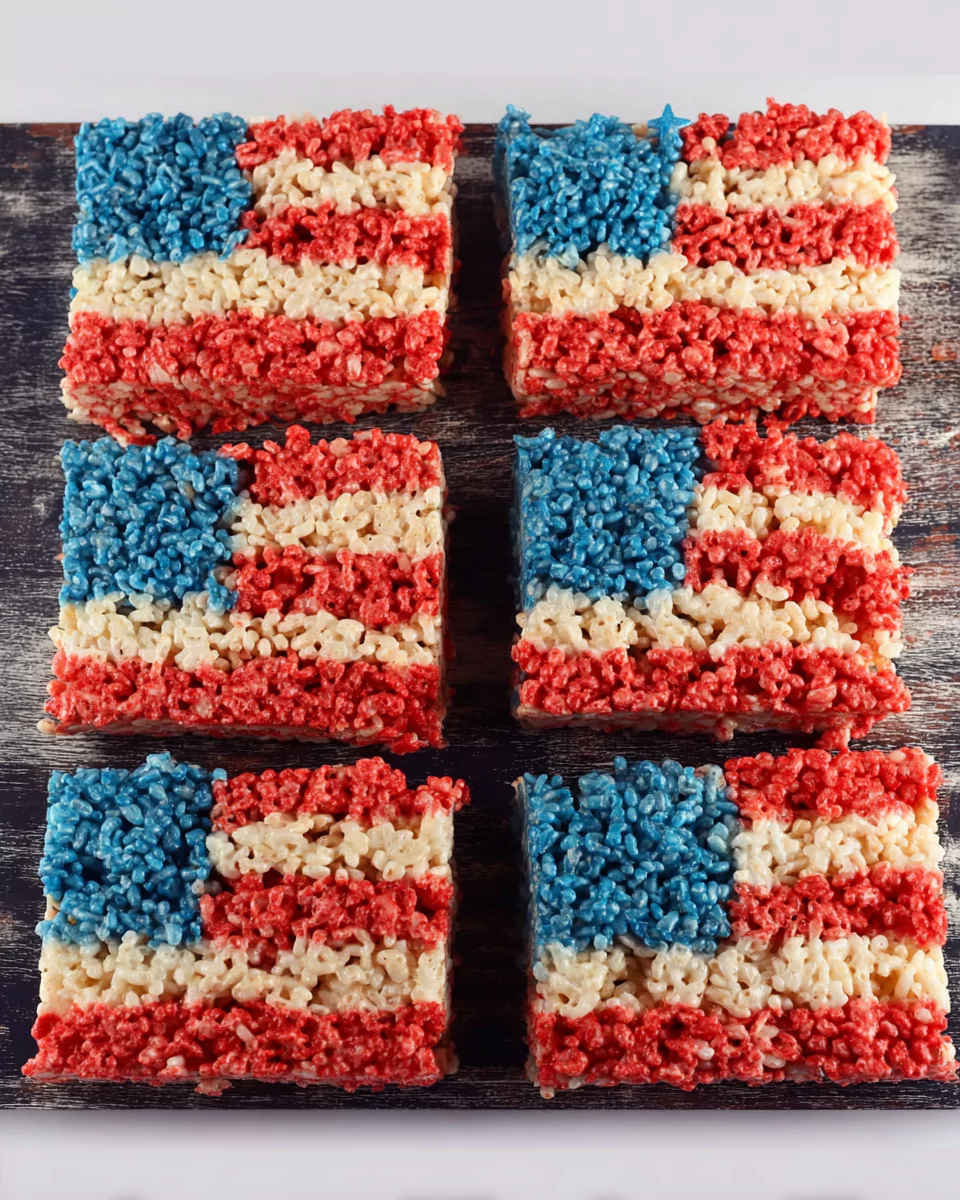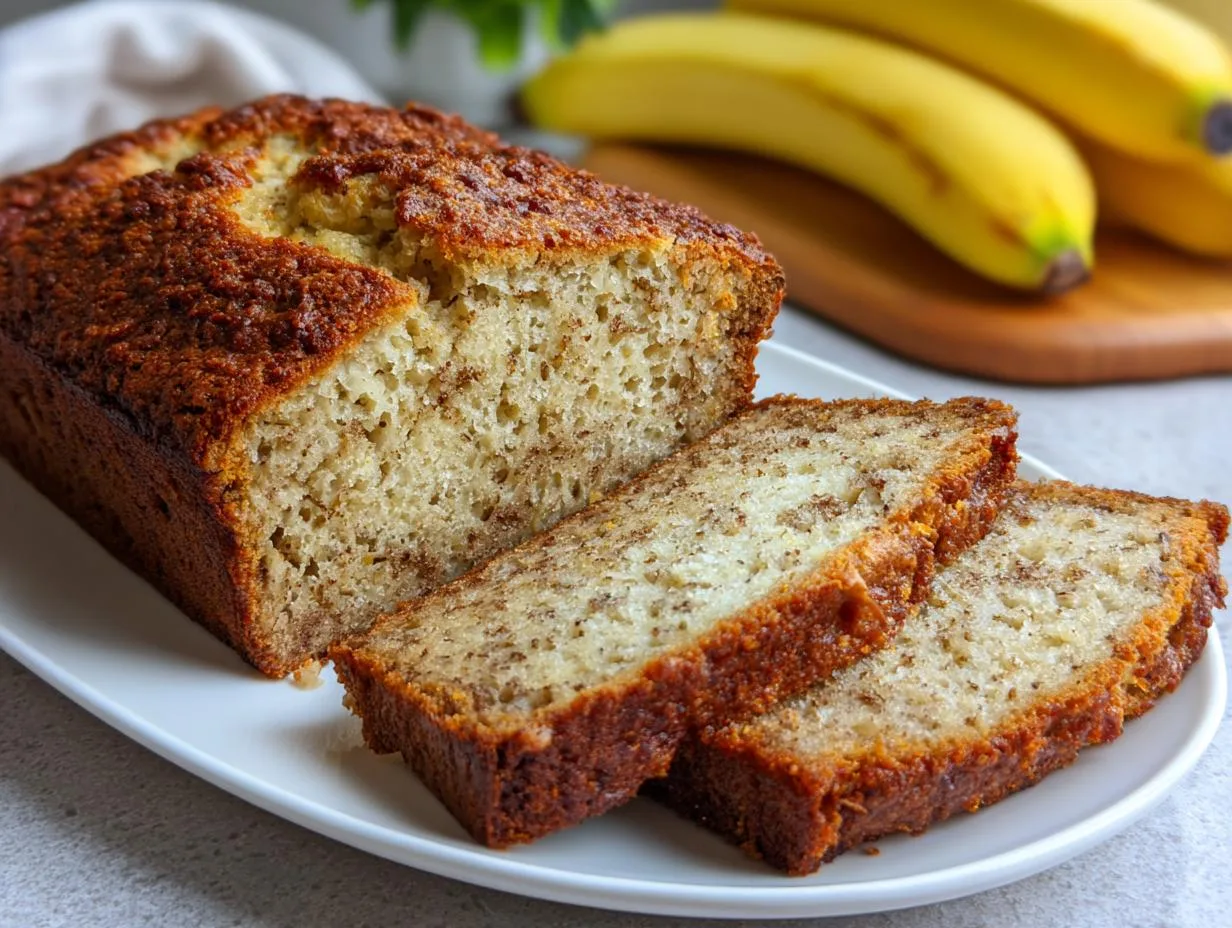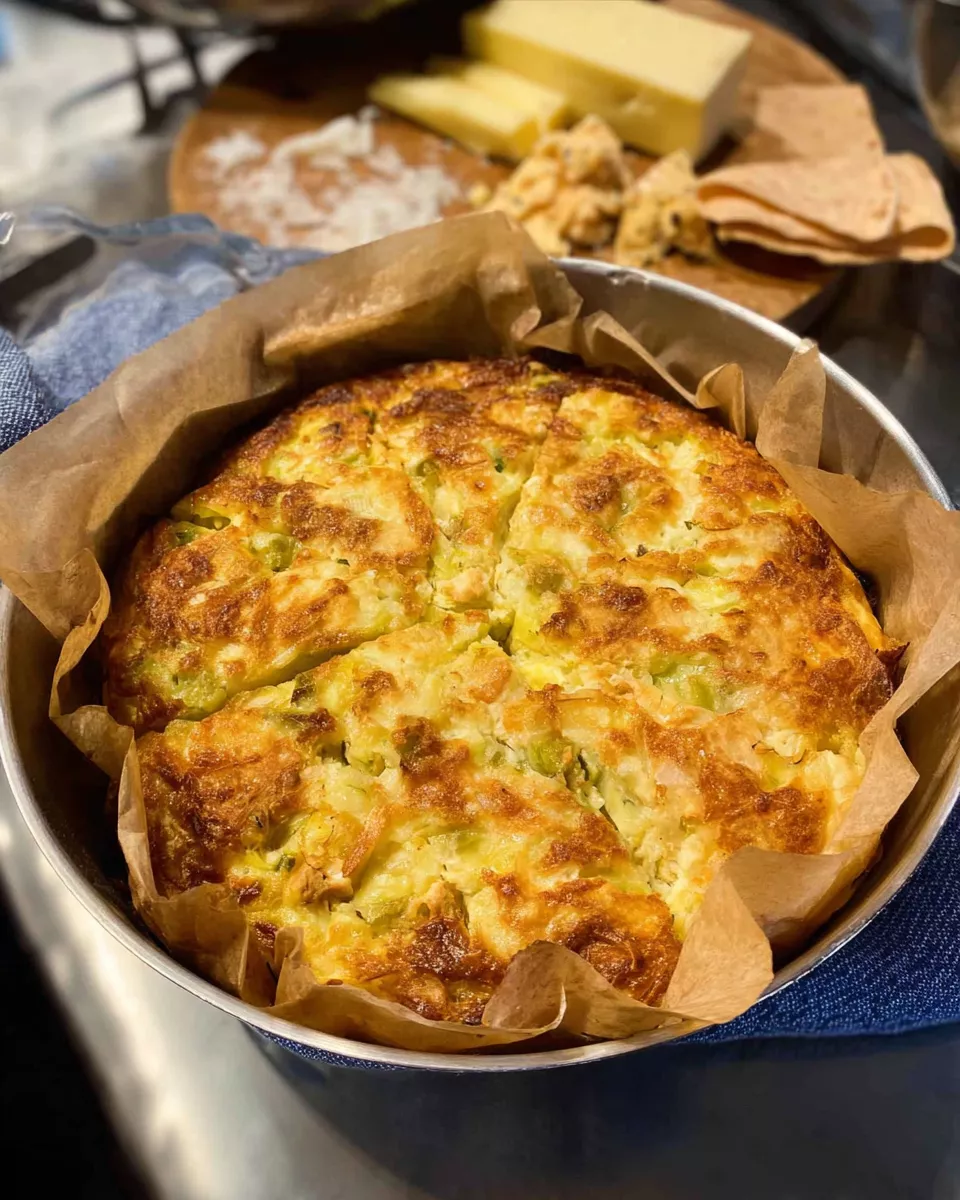Kabob Koobideh is the soul of Persian grilling—a juicy, richly spiced beef (or lamb) kebab threaded on wide skewers and flame-grilled to perfection. This Persian beef kebab recipe is deceptively simple yet unforgettable in flavor. Ground meat is blended with onions, spices like turmeric and sumac, and then molded onto skewers for a dish that delivers smoky, tender bites every time. Whether served over buttered Persian rice or wrapped in lavash with grilled vegetables, Kabob Koobideh is a celebration of comfort and cultural tradition.
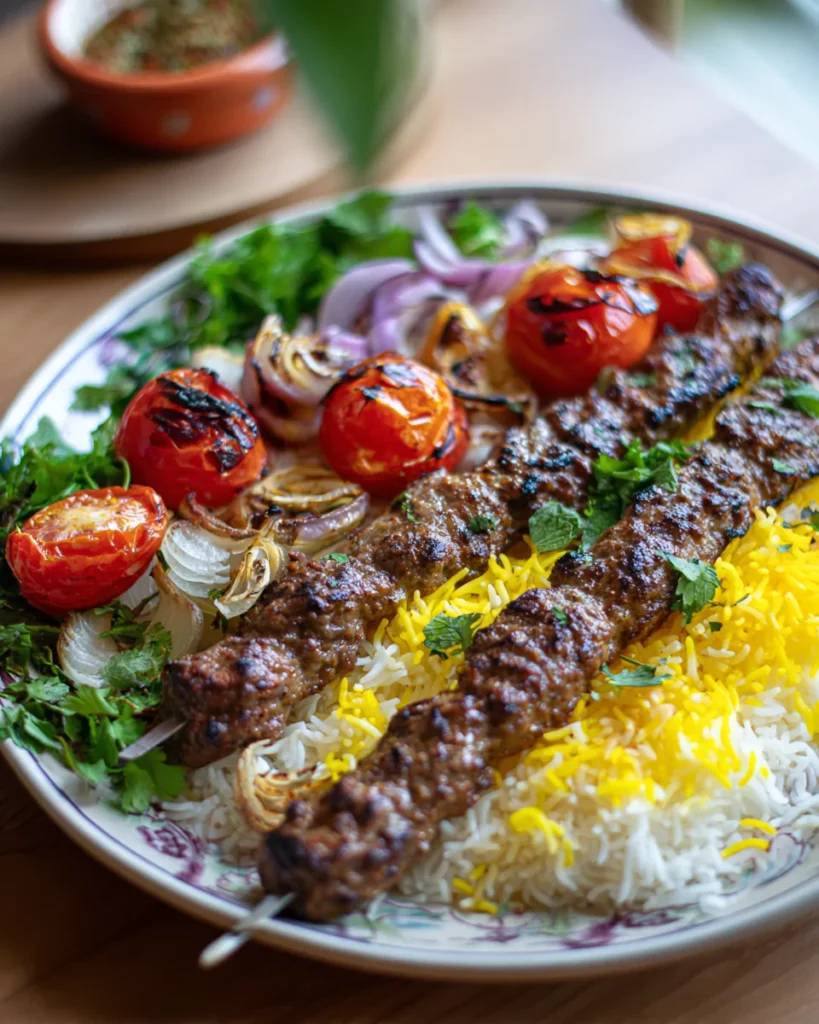
Table of Contents
Table of Contents
The Legacy of Kabob Koobideh
A Dish Rooted in Tradition
Kabob Koobideh is more than just a grilled meat skewer—it’s a staple at Persian gatherings, family dinners, and street-side eateries across Iran. Traditionally made with a blend of beef and lamb, Koobideh is named after the Persian word “koobidan,” meaning “to beat” or “pound,” which refers to the preparation of the meat mixture. The juicy interior and lightly charred exterior have made Kabob Koobideh one of the most beloved dishes in Iranian cuisine.
This dish is often served with saffron rice and grilled vegetables, or nestled inside sangak or lavash bread. Unlike many Western kebabs, Persian-style Koobideh uses finely minced onion and no breadcrumbs or fillers—ensuring a pure, savory bite every time. Its popularity stretches beyond borders, now appearing in Persian restaurants around the world.
What Makes Koobideh Unique?
What separates Kabob Koobideh from any other grilled meat recipe is its unforgettable texture and herb-forward flavor. The use of juicy, grated onion (with the juice strained out), combined with a balanced fat-to-lean meat ratio, ensures the kabobs hold their shape on the skewer. Spices like sumac, turmeric, and black pepper enhance the natural flavor of the meat without overpowering it.
The kabobs are traditionally grilled over open flame, suspended on flat skewers so the meat never touches the grill grates directly—this prevents sticking and creates a beautiful crust on all sides. When served with sides like Persian zucchini yogurt dip or Sabzi Khordan (a fresh herb platter), Koobideh becomes a full culinary experience.
Print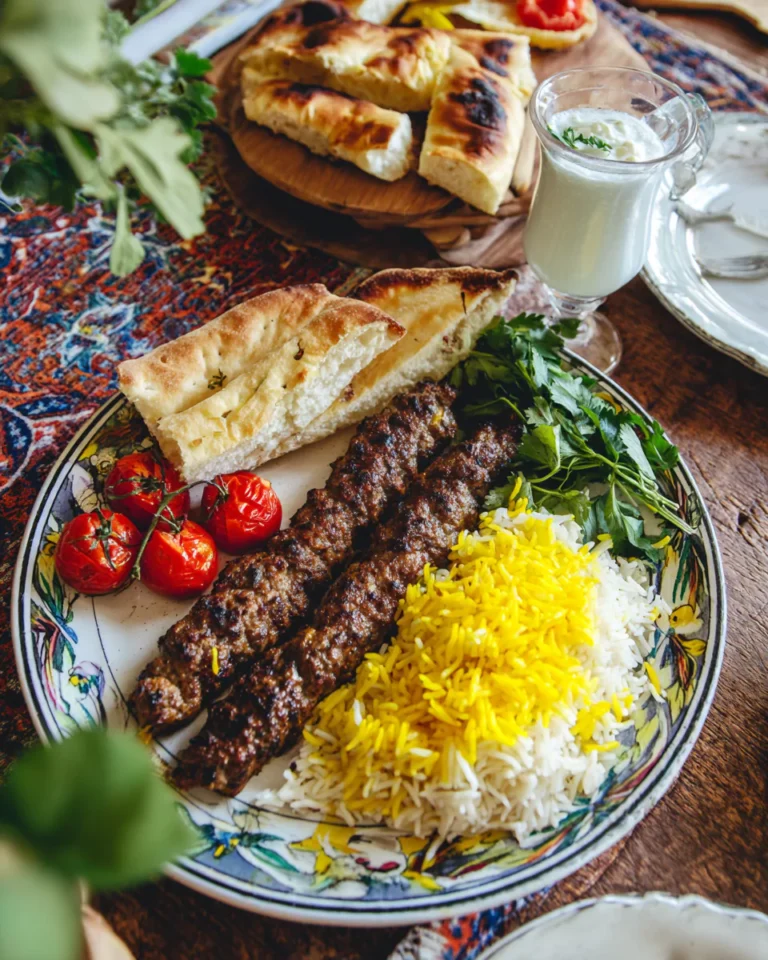
Kabob Koobideh (Persian Beef Kebab Recipe)
Kabob Koobideh is a classic Persian beef kebab recipe made with ground beef, lamb, and spices. Grilled over open flame and served with rice, this juicy, flavorful dish is perfect for a traditional Middle Eastern dinner.
- Total Time: 45 minutes
- Yield: 10 kabobs 1x
Ingredients
1 ½ pounds ground beef (80–85% lean)
1 pound ground lamb (80–85% lean)
1 ½ medium yellow onions, quartered
3 garlic cloves, minced
1 egg
1 tsp salt
1 tsp sumac
½ tsp black pepper
½ tsp turmeric powder
¼ cup melted butter (for brushing)
4 Roma tomatoes
1 green bell pepper, quartered
Olive oil (for brushing vegetables)
Instructions
1. Finely process onions and strain out the juice using a mesh strainer.
2. Add onion pulp, ground beef, lamb, garlic, spices, and egg to a bowl. Knead until the mixture becomes paste-like.
3. Wet hands with water. Divide meat into 10 balls and shape around flat metal skewers. Spread meat evenly to ½-inch thickness.
4. Preheat charcoal grill. Use metal pipes to suspend skewers above grill grates.
5. Grill kabobs 10–12 minutes, rotating every few minutes for even browning.
6. Grill vegetables separately. Skewer tomatoes and bell peppers; brush with olive oil.
7. Once kabobs are browned and cooked through (160°F), remove and brush with melted butter.
8. Serve with Persian rice, flatbread, grilled veggies, fresh herbs, and Doogh (yogurt drink).
Notes
Make sure to strain the onion well; too much moisture can cause the kabob to fall apart.
Ground lamb-only variation: Use 3 pounds lamb and ⅓ cup dried tarragon.
If grilling isn’t possible, kabobs can be oven-baked at 450°F for 15–18 minutes, then broiled for 1–2 minutes.
Pair with sangak or lavash, fresh mint, parsley, and sumac for an authentic Persian meal.
- Prep Time: 25 minutes
- Cook Time: 20 minutes
- Category: Main Course
- Method: Grilling
- Cuisine: Persian, Middle Eastern
Nutrition
- Serving Size: 1 kabob
- Calories: 320
- Sugar: 2g
- Sodium: 410mg
- Fat: 26g
- Saturated Fat: 10g
- Unsaturated Fat: 15g
- Trans Fat: 0g
- Carbohydrates: 3g
- Fiber: 0.8g
- Protein: 20g
- Cholesterol: 85mg
Ingredients, Tools & Prep Essentials
Key Ingredients Breakdown
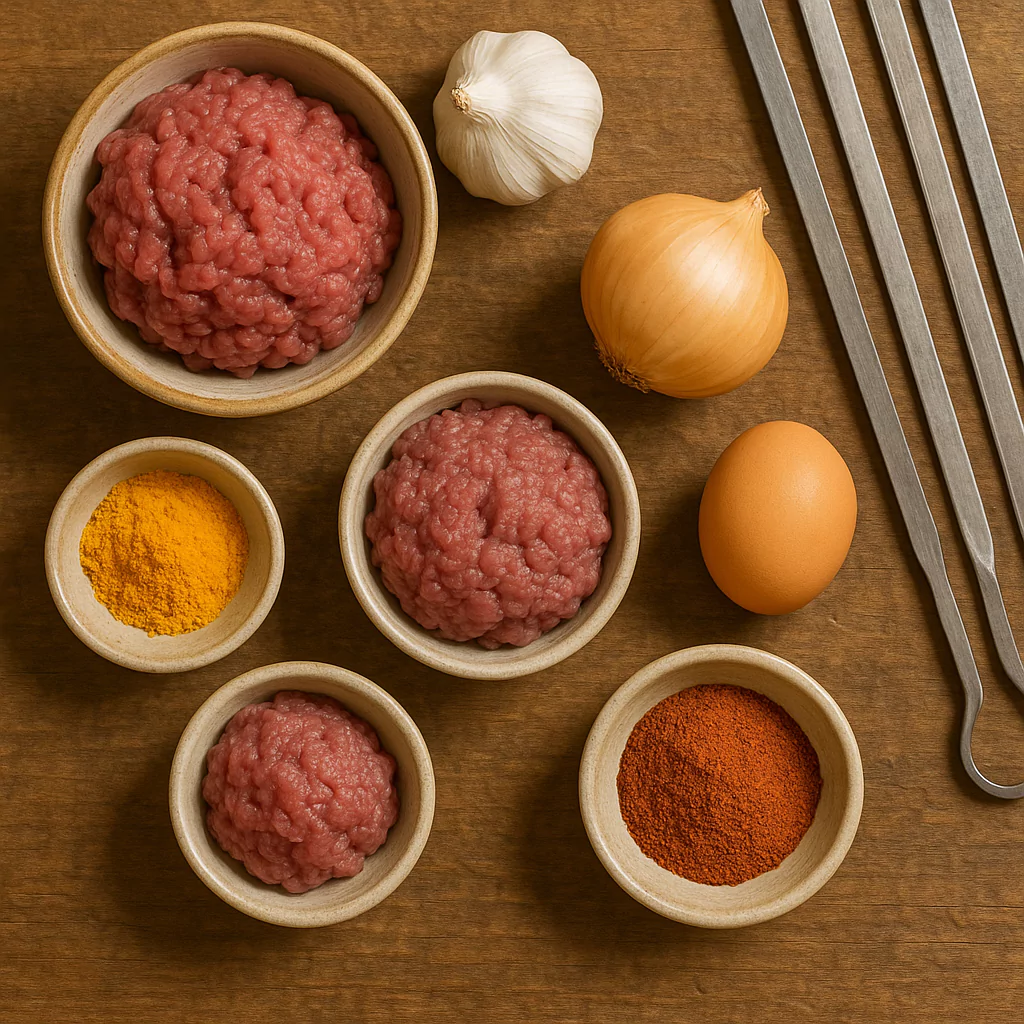
The magic of Kabob Koobideh starts with choosing the right meat. A blend of 80–85% lean ground beef and lamb creates the ideal texture—juicy, flavorful, and just fatty enough to stay moist. Avoid lean-only cuts, as they’ll dry out quickly on the grill.
One of the most important elements in Koobideh is onion, but not just chopped or minced. You’ll need to grate or finely process the onions, then press out all the liquid using a mesh strainer. This removes excess moisture, helping the meat bind firmly while still benefiting from onion’s rich flavor and natural sweetness.
You’ll also add garlic, sumac (a tangy, deep red spice), turmeric, black pepper, and an egg. Each ingredient brings balance: sumac offers brightness, turmeric adds earthiness, and the egg ensures structure. As in our Zucchini Cottage Cheese Bake, balance is key to a dish that doesn’t just taste good—it feels good.
Finally, don’t forget the butter—it’s brushed over the kabobs once grilled to add shine and richness, especially if you’re serving with basmati rice or lavash.
Tools You’ll Need
To make Kabob Koobideh successfully at home, the right tools are crucial. Start with flat metal skewers, ideally 1 inch wide. These help the meat adhere during grilling, preventing spinning or falling. You’ll also need a grill setup that suspends the skewers above the flame—traditionally, metal pipes are placed across the grates so the meat cooks without touching the hot surface.
A food processor helps make quick work of chopping onions to the right consistency. You’ll also want a fine-mesh strainer to press out the onion juice. A shallow baking sheet is useful for holding the skewered kabobs before grilling, keeping them elevated.
As we’ve seen with other hands-on recipes like Carrot Zucchini Muffins, the difference between “okay” and “incredible” often comes down to preparation—so don’t skip these tools.
How to Make Kabob Koobideh
Skewering & Shaping Like a Pro
Mastering the art of shaping Kabob Koobideh starts with technique, not just ingredients. Once your meat mixture is well-kneaded into a smooth paste—thick and sticky enough to hold together—you’ll divide it into 10 equal portions. Wet your hands with water to prevent sticking, then form each portion around the center of a flat skewer.
Use your fingers to press and shape the meat evenly, working from the middle outward. The layer should be about ½ inch thick, firm, and even. Be sure to leave the top and bottom of the skewer uncovered for clean handling. This shaping process ensures the kabob won’t break apart when exposed to heat. For beginners, it’s a lot like shaping the filling for Zucchini Lasagna Roll Ups: keep it compact, centered, and even.
After shaping, rest the skewers on a shallow baking sheet with a rim—this lets them sit elevated while you prepare the grill, avoiding contact that might flatten the kabobs.
Grilling & Doneness Tips
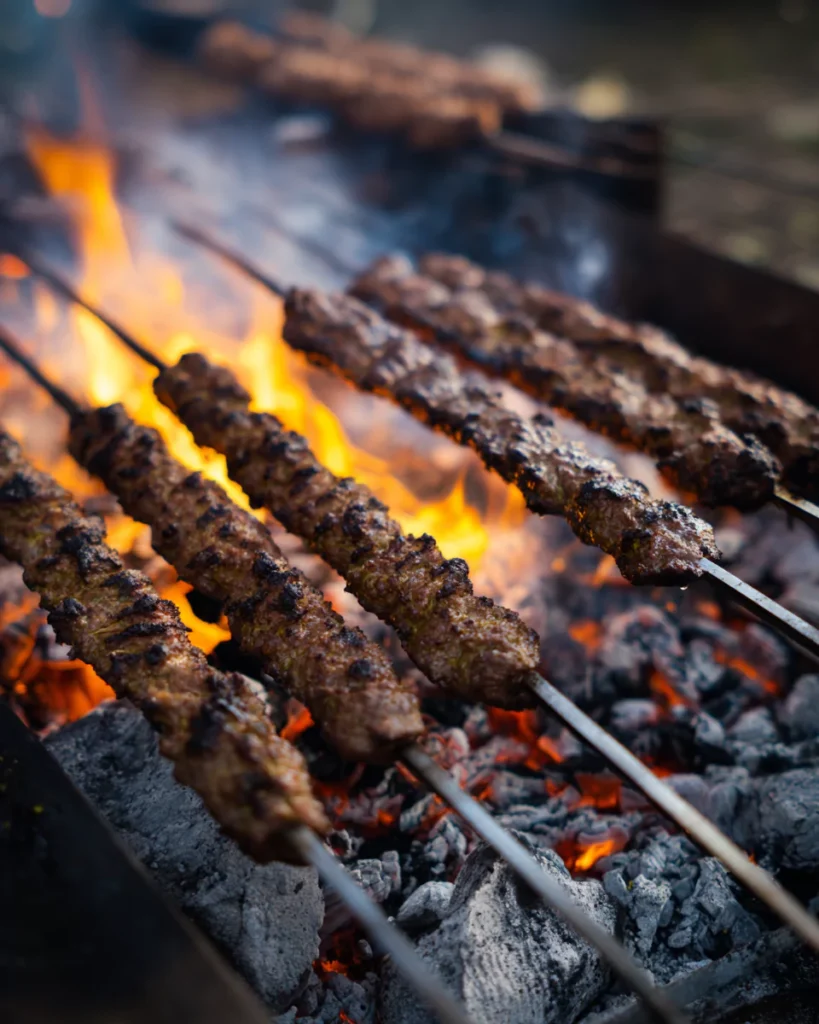
Grilling Kabob Koobideh is where technique truly shines. Whether you’re using a charcoal grill or a gas setup, indirect heat is crucial to prevent sticking or tearing. To achieve that, rest the skewers across two square metal pipes set on top of the grates, keeping the meat elevated.
Begin grilling once the coals are gray and ashy—this signals steady, even heat. Place the skewers with space between them, then rotate each kabob gently right after arranging. This initial turn sears all sides, helping the meat firm up and adhere to the skewer. From there, rotate every minute or so, grilling until the exterior is golden brown and the internal temperature hits 160°F.
Avoid overcooking—Koobideh is thin and cooks fast. A juicy kabob is a flavorful kabob. Once cooked, transfer them to a foil-lined tray and cover to rest. The same method applies if you’re grilling vegetables like tomatoes or bell peppers separately, as seen in our Zucchini and Cheese Bake.
Serving Suggestions & Variations
Classic Sides & Presentation Tips
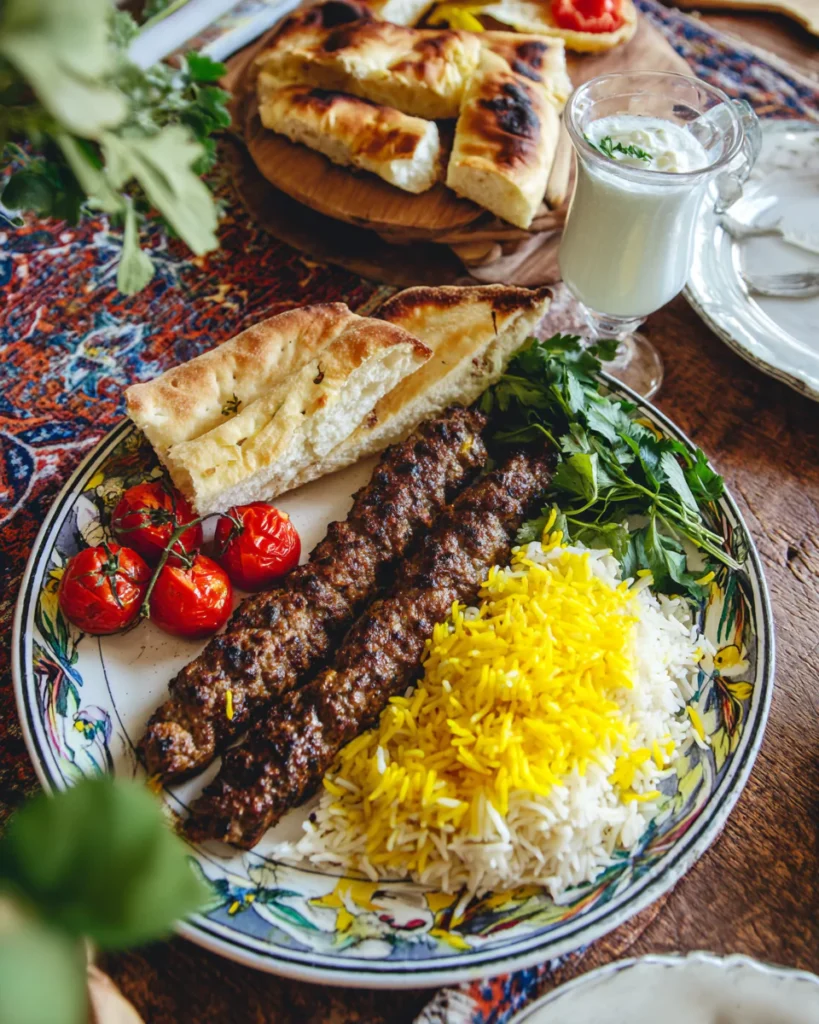
Traditionally, Kabob Koobideh is never served alone. It shines most alongside classic Persian accompaniments that enhance its flavor and texture. Serve your juicy kabobs with a generous helping of steamed basmati rice tossed with butter and a sprinkle of sumac, or wrap them in soft sangak or lavash bread for a more casual meal.
Don’t forget the garnishes: grilled tomatoes and green bell peppers pair perfectly with the smoky flavor of the kabobs. A slice of raw red onion, a handful of Sabzi Khordan (a mix of fresh mint, basil, and cilantro), and a small wedge of lemon complete the plate. For a lighter option, wrap the kabobs in flatbread with fresh herbs, similar to how we serve Zucchini Chicken Burgers with herby toppings.
And of course, no Persian feast is complete without Doogh, a refreshing yogurt-based drink seasoned with salt and dried mint. This not only cools the palate but balances the rich flavors of the grilled meat beautifully.
Storage & Variations
Kabob Koobideh is best enjoyed fresh off the grill, but leftovers can be stored in an airtight container in the fridge for up to 3 days. To reheat, cover loosely in foil and warm in the oven to retain juiciness. Avoid microwaving, as it can dry out the meat quickly.
Want to switch things up? Go all-lamb instead of the beef-lamb combo, and try adding dried tarragon to the meat mixture for a more herbal finish. This is an excellent variation that leans even more into traditional Persian flavor profiles. It’s just like swapping ingredients in our Zucchini Cottage Cheese Bake to accommodate your preferences without losing the core essence of the dish.
Whether you go classic or modern, Kabob Koobideh is flexible enough to serve your taste while staying rooted in Persian tradition.
Frequently Asked Questions
What meat is best for Kabob Koobideh?
Traditionally, Kabob Koobideh is made with a mix of 80–85% lean ground beef and lamb. This blend provides enough fat for juiciness while maintaining the right texture for skewering.
Why is onion juice removed from the Koobideh mix?
Removing the onion juice helps prevent the kabob from falling off the skewer. The pulp keeps the flavor and moisture while ensuring a strong binding texture.
Can Kabob Koobideh be baked instead of grilled?
While grilling gives the best authentic flavor, you can bake Kabob Koobideh in the oven at 450°F on a rack for 15–18 minutes, flipping once halfway through. Then broil for 1–2 minutes for char.
What is traditionally served with Kabob Koobideh?
Kabob Koobideh is served with buttered Persian basmati rice, grilled tomatoes, flatbread (like sangak or lavash), raw onions, fresh herbs, and yogurt drink (Doogh).
Conclusion
Kabob Koobideh is one of Iran’s most treasured dishes—a true icon of Persian cooking. Whether grilled over charcoal or enjoyed with warm rice and grilled vegetables, it offers deep flavor and cultural richness in every bite. With its simple ingredients, flexible variations, and rich presentation, Kabob Koobideh is a recipe every home cook can master and enjoy.
For More recipes Follow me on Facebook!

